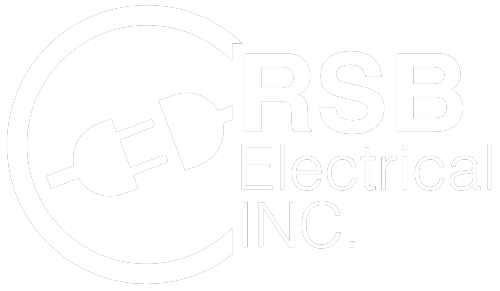The Basics Of EV Charging Stations
Electric vehicles, or EVs, are becoming a popular energy option for drivers worldwide. They have made traveling much greener since they don’t run on gas or other toxic substances. However, this means that, in most situations, they can’t be recharged at regular gas stations. Instead, such vehicles must use special EV charging stations. Let’s dive into the fundamentals of this cutting-edge technology.
What is an EV charging station?
EV charging stations supply electric power to charge electric vehicles, such as cars, buses, and trucks. There are two classes of stations: residential and commercial.
Residential models are designed primarily for single-family households. They don’t come with heavy-duty technology but provide the power necessary to charge vehicles and can be bought at big retail stores. When purchasing an electric car, ask for advice from the dealership on where to buy a charging station.
On the other hand, commercial stations feature a more sophisticated design in both software and hardware. As the name suggests, they serve primarily in commercial settings, such as grocery stores, public garages, offices, or malls. To be approved for commercial use, these charging stations undergo lab testing. They also include smart software tools that allow the owner to control usage.
What levels of charging are there?
There are three charging levels on EV stations:
Level one – These charging stations come with standard 110 VAC outlets. It’s a basic power level, and fully charging a vehicle with an all-electric engine can take a considerable amount of time—more than 20 hours in some cases.
Level two consists of:
Residential level two – These charging stations provide power at 30 amps and 240 volts, equivalent to standard home dryers and washers. They are most suitable for single-family garages with one devoted user. Level two residential charging stations can be found at major hardware stores and cost between $500 and $1,000.
Commercial level two – These are the standard versions for charging a vehicle away from home. They come with the same amount of power—30 amps and 240 volts—but the smart network sets them apart. In other words, the charging station is equipped with software that allows the owner to manage their machine easily.
Level three (DC fast charging) – This is the most powerful level, ranging between 200 and 600 VDC. These charging stations can fully recharge vehicles as quickly as half an hour, which is the optimal solution for on-the-go charging. Nonetheless, the major drawback for level-three charging is the lack of standard plugs for all-electric vehicles.
Electricity is the way to go
EV charging stations are integral to the functioning of an electric vehicle. If you’re looking for more information about these burgeoning transportation essentials, or any other electricity-related details, reach out to a professional technician to provide expert guidance.
When in need of home electrical inspections, whole-house surge protector installation, attic fan installation, or smoke detector installation, electrical repair, or home electric car charger installation, trust the licensed and insured professionals at RSB Electrical. We are a 24-hour emergency electrician based out of Mesa, AZ. Call 480-485-4284 for more information.

